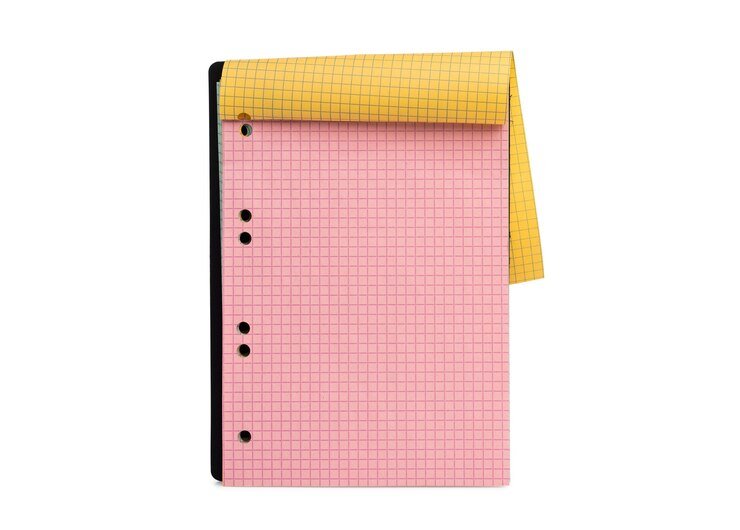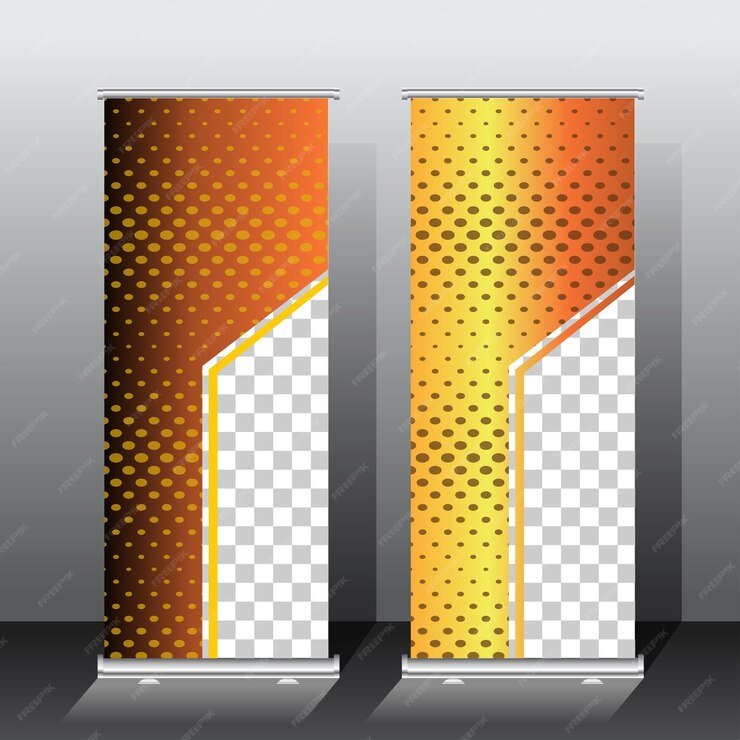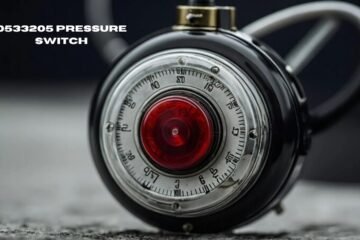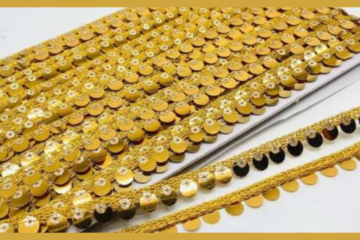Introduction

In the ever-evolving world of digital marketing and design, banner graphics have emerged as a pivotal tool for capturing attention and conveying messages effectively. Whether used for online advertising, social media, or website design, banner graphics play a crucial role in engaging audiences and driving conversions. This comprehensive guide will delve into everything you need to know about banner graphics, from their design principles to optimization techniques, ensuring that you can create visually stunning and highly effective banners that stand out in the digital landscape.
What Are Banner Graphics?
Banner graphics are digital visual elements used primarily for advertising or promotional purposes. These graphics are designed to attract attention, convey a message, and encourage users to take specific actions, such as clicking a link or making a purchase. Typically, banner graphics are displayed in various formats, including static images, animated GIFs, or interactive media, across different platforms like websites, social media, and email campaigns.
Why Are Banner Graphics Important?
The significance of banner graphics in digital marketing cannot be overstated. Here’s why they matter:
- Attention-Grabbing: Banner graphics are strategically designed to grab attention in a crowded digital space. A well-designed banner can cut through the noise and capture the viewer’s focus.
- Brand Visibility: Consistent and creative banner graphics contribute to brand recognition and visibility. They help reinforce your brand identity and make your messages memorable.
- Conversion Rates: Effective banner graphics can significantly boost conversion rates by encouraging users to engage with your content or offers.
- Versatility: Banner graphics can be adapted for various uses, from advertising promotions and new product launches to event announcements and brand awareness campaigns.
Design Principles for Effective Banner Graphics

Designing compelling banner graphics requires a blend of creativity and strategic thinking. Here are some essential design principles to follow:
- Keep It Simple: Cluttered designs can overwhelm viewers and dilute the message. Focus on a clean, simple design that highlights your key message and call to action.
- Use Bold and Clear Typography: Choose fonts that are easy to read and stand out against the background. Ensure that your message is clear and legible, even at a glance.
- Incorporate High-Quality Images: Use high-resolution images that align with your brand and message. Avoid pixelated or blurry visuals, as they can negatively impact the overall design.
- Choose the Right Color Scheme: Colors evoke emotions and can influence the effectiveness of your banner graphic. Select a color scheme that aligns with your brand and appeals to your target audience.
- Include a Strong Call to Action (CTA): Your banner graphic should have a clear and compelling CTA that guides users on what to do next. Use action-oriented language and ensure the CTA stands out.
- Optimize for Different Devices: Ensure that your banner graphics are responsive and look great on various devices, including desktops, tablets, and smartphones.
Types of Banner Graphics
Banner graphics come in various types, each suited for different purposes. Here are some common types:
- Static Banners: These are simple, non-animated banners that typically include a single image or graphic with text. They are easy to create and load quickly.
- Animated Banners: Animated banners use motion to grab attention and convey a message. They can include moving text, images, or transitions to engage viewers.
- Interactive Banners: These banners allow users to interact with the graphic, such as by clicking on elements or playing games. Interactive banners can lead to higher engagement rates.
- Video Banners: Incorporating video into your banner graphics can enhance engagement and provide a dynamic visual experience. Video banners are effective for showcasing products or services.
Best Practices for Creating Banner Graphics
To maximize the effectiveness of your banner graphics, follow these best practices:
- Understand Your Audience: Tailor your banner graphics to the preferences and interests of your target audience. Use language, images, and design elements that resonate with them.
- A/B Testing: Conduct A/B tests to compare different banner designs and determine which performs best. This can help you refine your approach and improve results.
- Monitor Performance: Track the performance of your banner graphics using analytics tools. Monitor metrics such as click-through rates (CTR), conversion rates, and engagement to assess effectiveness.
- Ensure Compliance: Follow any guidelines or regulations related to banner advertising, including size restrictions, content standards, and disclosure requirements.
- Stay Updated: Design trends and best practices evolve over time. Stay informed about the latest trends in banner graphics to keep your designs fresh and relevant.
SEO and Banner Graphics
Optimizing banner graphics for SEO can enhance their visibility and effectiveness. Here’s how to optimize your banner graphics:
- Use Descriptive File Names: Name your banner graphic files with descriptive keywords related to your content. This can help search engines understand the context of your graphics.
- Add Alt Text: Include alt text for your banner graphics that describes the content and purpose of the graphic. Alt text helps with SEO and improves accessibility for users with disabilities.
- Optimize File Size: Ensure that your banner graphics are optimized for fast loading times. Large file sizes can slow down your website and negatively impact user experience.
- Include Keywords: Incorporate relevant keywords into the text and design elements of your banner graphics. This can help improve visibility in search engine results.
FAQs About Banner Graphics
1. What size should my banner graphics be?
The size of your banner graphics depends on where they will be displayed. Common sizes include:
- Leaderboard: 728 x 90 pixels
- Medium Rectangle: 300 x 250 pixels
- Skyscraper: 160 x 600 pixels
- Mobile Banner: 320 x 50 pixels
2. How can I make my banner graphics more effective?
To make your banner graphics more effective, focus on a clear message, strong visuals, and a compelling CTA. Test different designs and analyze performance to refine your approach.
3. Can I use banner graphics for social media advertising?
Yes, banner graphics can be used for social media advertising. Ensure that your graphics meet the size and format requirements of the specific social media platform.
4. How often should I update my banner graphics?
It’s a good practice to update your banner graphics regularly to keep them fresh and aligned with current promotions or trends. Consider updating them at least every few months.
5. What tools can I use to create banner graphics?
There are several tools available for creating banner graphics, including Adobe Photoshop, Canva, and Adobe Illustrator. These tools offer various features and templates to help you design professional-quality banners.
Conclusion
Banner graphics are a vital component of digital marketing and design, offering a powerful way to capture attention and drive engagement. By understanding the principles of effective design, exploring different types of banners, and following best practices for optimization, you can create impactful banner graphics that resonate with your audience and achieve your marketing goals. Remember to stay informed about design trends and continually assess the performance of your banners to ensure they remain effective and relevant in the dynamic digital landscape.
You can see lates updates on: thefsiblog



